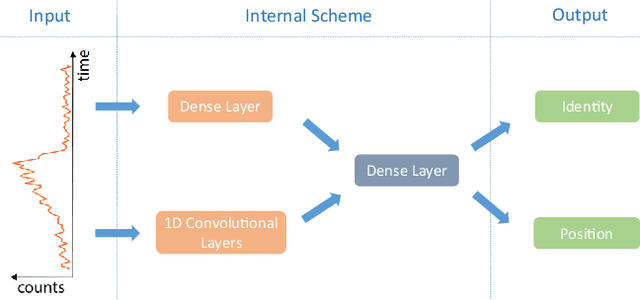Piergiorgio Caramazza
Variational Inference for Computational Imaging Inverse Problems
Apr 12, 2019



Abstract:We introduce a method to infer a variational approximation to the posterior distribution of solutions in computational imaging inverse problems. Machine learning methods applied to computational imaging have proven very successful, but have so far largely focused on retrieving a single optimal solution for a given task. Such retrieval is arguably an incomplete description of the solution space, as in ill-posed inverse problems there may be many similarly likely reconstructions. We minimise an upper bound on the divergence between our approximate distribution and the true intractable posterior, thereby obtaining a probabilistic description of the solution space in imaging inverse problems with empirical prior. We demonstrate the advantage of our technique in quantitative simulations with the CelebA dataset and common image reconstruction tasks. We then apply our method to two of the currently most challenging problems in experimental optics: imaging through highly scattering media and imaging through multi-modal optical fibres. In both settings we report state of the art reconstructions, while providing new capabilities, such as estimation of error-bars and visualisation of multiple likely reconstructions.
Neural network identification of people hidden from view with a single-pixel, single-photon detector
Sep 21, 2017



Abstract:Light scattered from multiple surfaces can be used to retrieve information of hidden environments. However, full three-dimensional retrieval of an object hidden from view by a wall has only been achieved with scanning systems and requires intensive computational processing of the retrieved data. Here we use a non-scanning, single-photon single-pixel detector in combination with an artificial neural network: this allows us to locate the position and to also simultaneously provide the actual identity of a hidden person, chosen from a database of people (N=3). Artificial neural networks applied to specific computational imaging problems can therefore enable novel imaging capabilities with hugely simplified hardware and processing times
 Add to Chrome
Add to Chrome Add to Firefox
Add to Firefox Add to Edge
Add to Edge